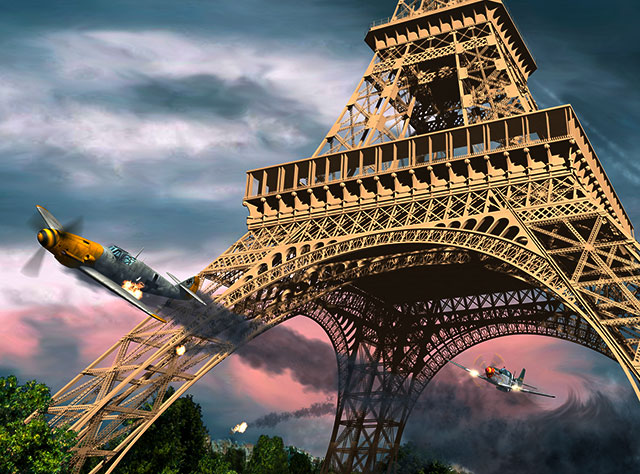
The extraordinary drone-helicopter hybrid is essentially a two-seat flying machine that gets off the ground with the help of what looks like a large number of drones that’ve been welded together.
The “super drone” is powered by an electric engine, with precision control offered by little more than a joystick with a few buttons it.
Following a number of successful remotely controlled test flights, the company decided it was high time someone actually climbed inside the thing to see how it handled humans. Or, perhaps more accurately, how humans handled it.
The responsibility fell to E-Volo boss Alexander Zosel, who presumably was as eager as his minions to find out if the Volocopter really did represent the “dawn of a revolution in urban mobility,” as the company so boldly claims. Although no one took the spare seat.
Fortunately, the test flight appeared to go as smoothly as a gentle kite flight on a breezy day, with Zosel confident enough to momentarily take both hands off the controls to offer his ground-based team a cheerful thumbs up.
Safely back on terra firma, Zosel was ecstatic: “The flight was totally awesome. The machine was absolutely reliable, there were no vibrations, it was tremendous….the first flight was simply unbelievable.”
The CEO said the flight pre-checks only took about “20 seconds,” after which he “pushed the lever upward and the Volocopter simply sprung upward in a single bound….[it] immediately converted every movement I made with the joystick….it’s definitely unbelievable what we’ve achieved here.”
While its maiden manned flight saw the unique copter keep to slow speeds and a fairly low altitude, future tests are likely to see the machine lift much higher and fly at its top speed of 62 mph (100 kmh).
The idea for the Volocopter was born back in 2010, with the first demonstration model taking to the skies a year later. E-Volo has clearly come a long way in that time, and the company has ambitions to produce the Volocopter in “large quantities” for the air sports market. It’s also looking at the possibility of air taxi services initially for “predetermined routes as airport shuttles or at sensible traffic nodes such as bridges.”
It may be a while before we see drone-helicopter hybrids like the Volocopter buzzing overhead, but if it does happen, E-Volo is keen to lead the way. Although this bonkers hobbyist may have something to say about that.
tags : nathan finneman human drone helicopter flying machine finneman nathan breed of speed breedofspeed











 RSS Feed
RSS Feed